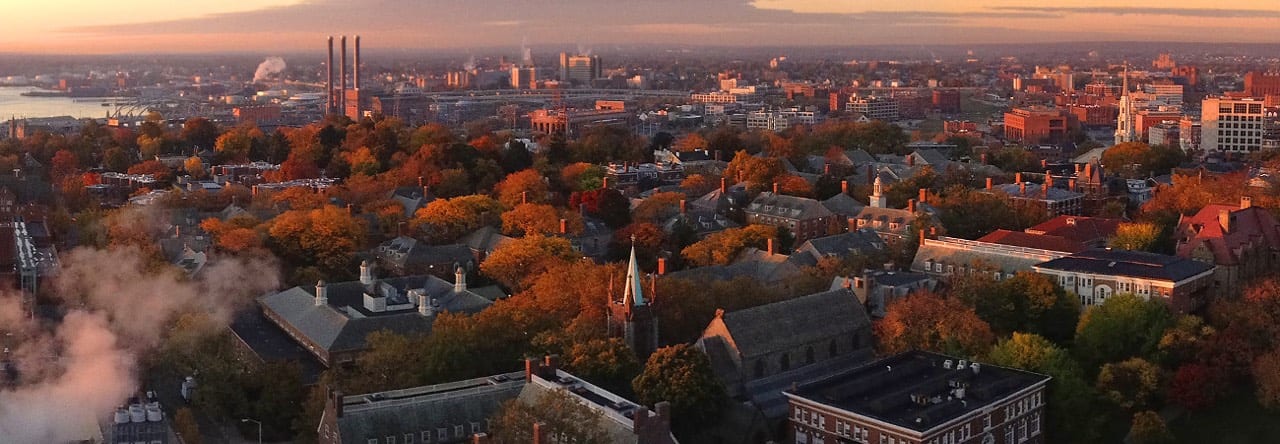The house has to be considered as an individual, as a dynamic entity whose every month of life is significant for the men and women who act in and around it.” (Ruth Tringham).
Brown University’s Third World Center, or Partridge Hall was originally owned by Henry T. Beckwith, a descendent of the Brown family and the Dexter Family. Its architect was Alpheus C. Morse, the architect of Sayles Hall.
Blog posts by the students of Claudia Moser’s class ARCH 1764: 25 Things! 250 Years of Brown’s Material Past.




